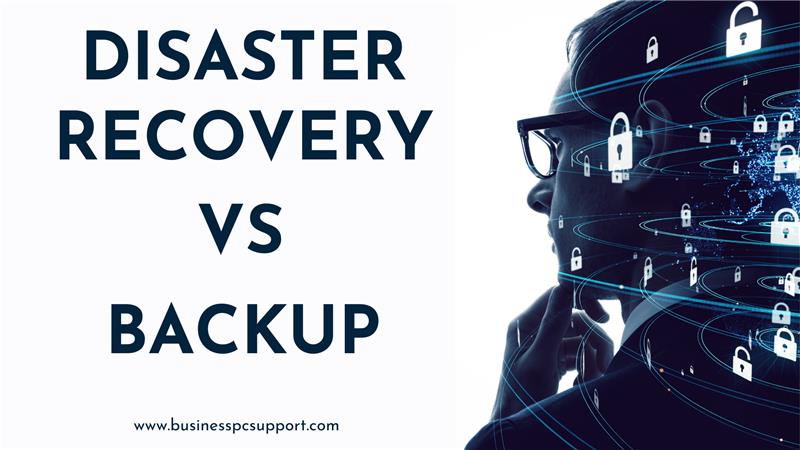Data Privacy vs. Data Security: Understanding the Key Differences
Table of contents
Data Privacy vs. Data Security: Understanding the Key Differences
In today’s digital world, where data breaches and privacy concerns are increasingly common, understanding data privacy vs. data security is crucial. While these terms are often used interchangeably, they represent different aspects of protecting information. This blog will break down what each term means, their key differences, and why both are essential for businesses and individuals alike.
What is Data Privacy?
Data privacy revolves around the proper handling, processing, and use of personal data. It’s about ensuring that individuals have control over their personal information—who collects it, how it’s used, and with whom it’s shared.
Key Aspects of Data Privacy:
- User Consent: Individuals must be informed about how their data will be used and give their consent.
- Regulatory Compliance: Adhering to laws such as the General Data Protection Regulation (GDPR) and the California Consumer Privacy Act (CCPA). Learn more about GDPR and CCPA.
- Data Minimization: Collecting only the data necessary for a specific purpose and nothing more.
- Anonymization: Removing personally identifiable information (PII) to protect individuals’ identities.
Data privacy is essentially about respecting the rights of individuals and ensuring that organizations manage data transparently and ethically.
What is Data Security?
Data security, on the other hand, is concerned with the protection of data from unauthorized access, breaches, and cyber threats. It’s about implementing the right tools and strategies to ensure that data remains confidential, available, and intact.
Key Aspects of Data Security:
- Encryption: Transforming data into a secure format that can only be accessed by authorized users. Explore encryption methods.
- Access Controls: Restricting access to data based on roles and permissions.
- Network Security: Using firewalls, intrusion detection systems, and other tools to protect data from cyber threats. Read more about network security.
- Backup and Recovery: Ensuring that data can be restored in case of a breach or system failure.
While data security is more about the technical measures that protect data, it is a vital component of an organization’s overall data protection strategy.
Data Privacy vs. Data Security: Key Differences
- Focus: Data privacy is about how data is collected, shared, and used, focusing on ethical and legal obligations. Data security is about protecting data from external and internal threats, focusing on technological defenses.
- Objective: The goal of data privacy is to protect individuals’ rights, while the goal of data security is to protect the data itself.
- Scope: Data privacy includes policies, procedures, and compliance measures, whereas data security includes tools, technologies, and protocols.
Why Both Matter
For businesses operating in today’s data-driven world, balancing data privacy and data security is crucial. Failing to do so can lead to significant legal penalties, loss of customer trust, and potential financial losses.
For instance, a company that invests heavily in data security but neglects data privacy may protect its data from hackers but could still face legal issues if it misuses customer data. Conversely, a company with strong privacy policies but weak security measures is vulnerable to breaches that could expose sensitive information.
Best Practices for Businesses
- Implement Comprehensive Data Protection Policies: Ensure that your business has clear policies that cover both data privacy and data security.
- Stay Compliant with Regulations: Regularly review and update your practices to comply with data protection laws relevant to your region.
- Educate Employees: Conduct regular training sessions to make sure that all employees understand the importance of data privacy and security.
- Invest in Technology: Use advanced security tools like encryption and access controls to protect your data.
- Be Transparent with Customers: Clearly communicate how you collect, use, and protect their data.
Conclusion
Understanding the difference between data privacy and data security is essential for protecting your business and your customers. While they address different aspects of data protection, both are integral to building trust and ensuring compliance in today’s digital landscape.
For businesses in Elk Grove and Sacramento, keeping up with the latest trends and regulations in data protection is more critical than ever. By prioritizing both data privacy and data security, you can safeguard your organization’s future and build stronger relationships with your customers.
If you’re looking to enhance your data protection strategies or need advice on how to comply with data privacy regulations, contact our team for a consultation.




Comments are closed